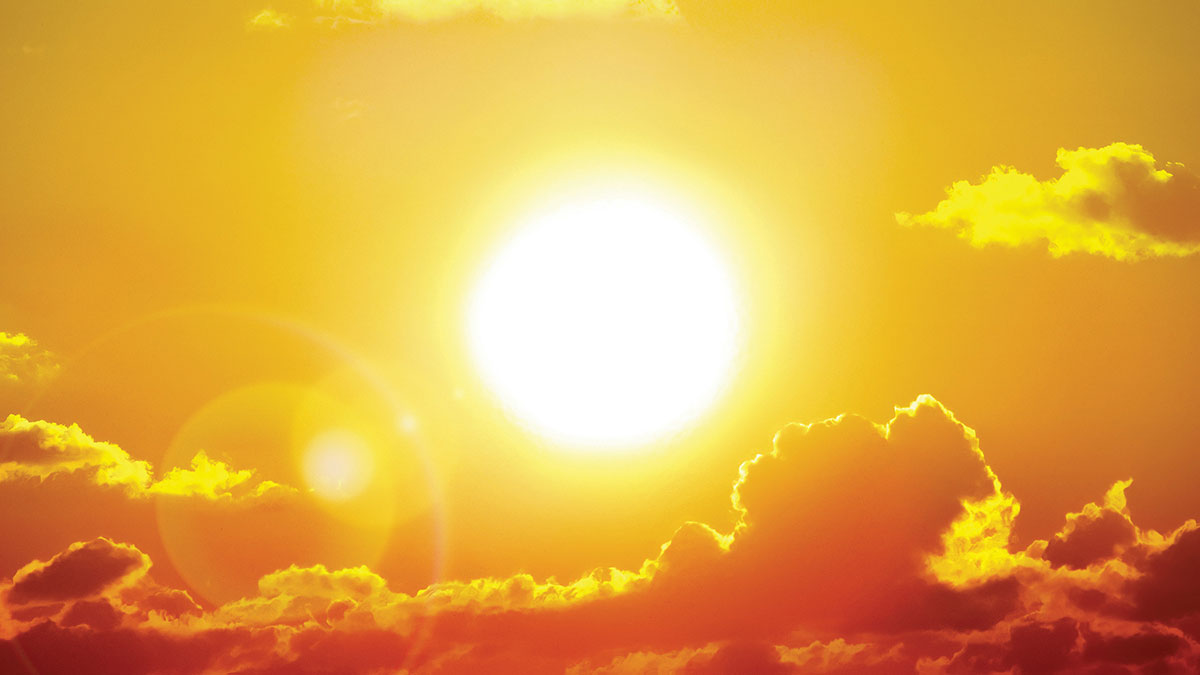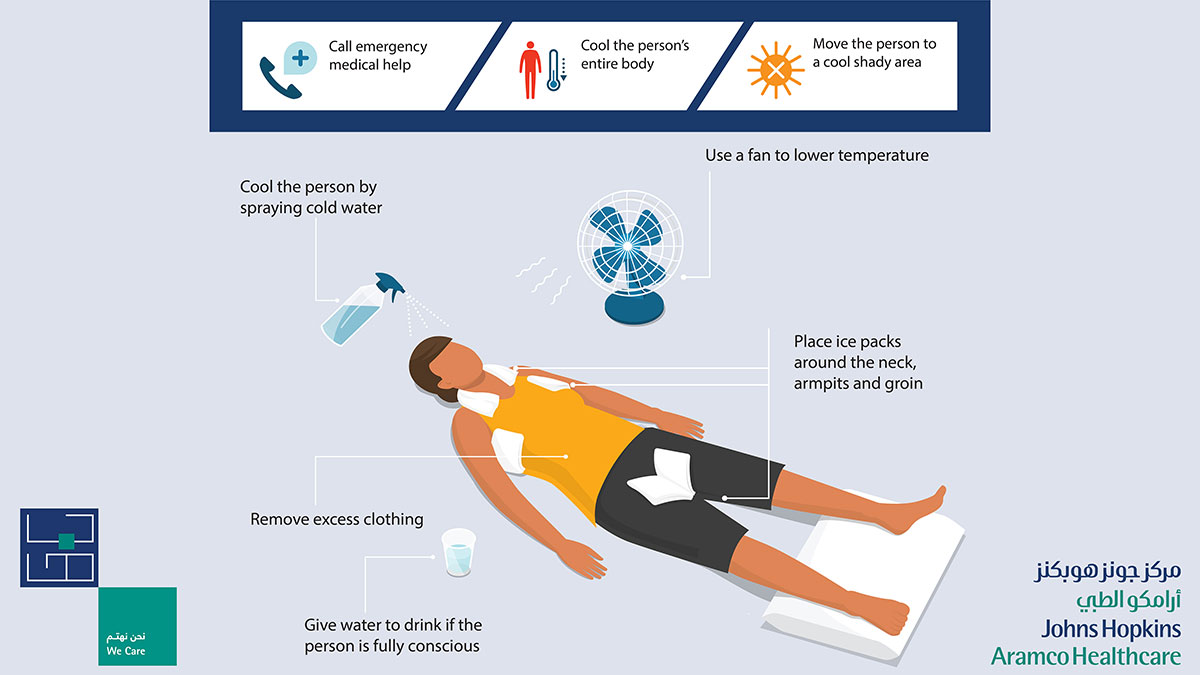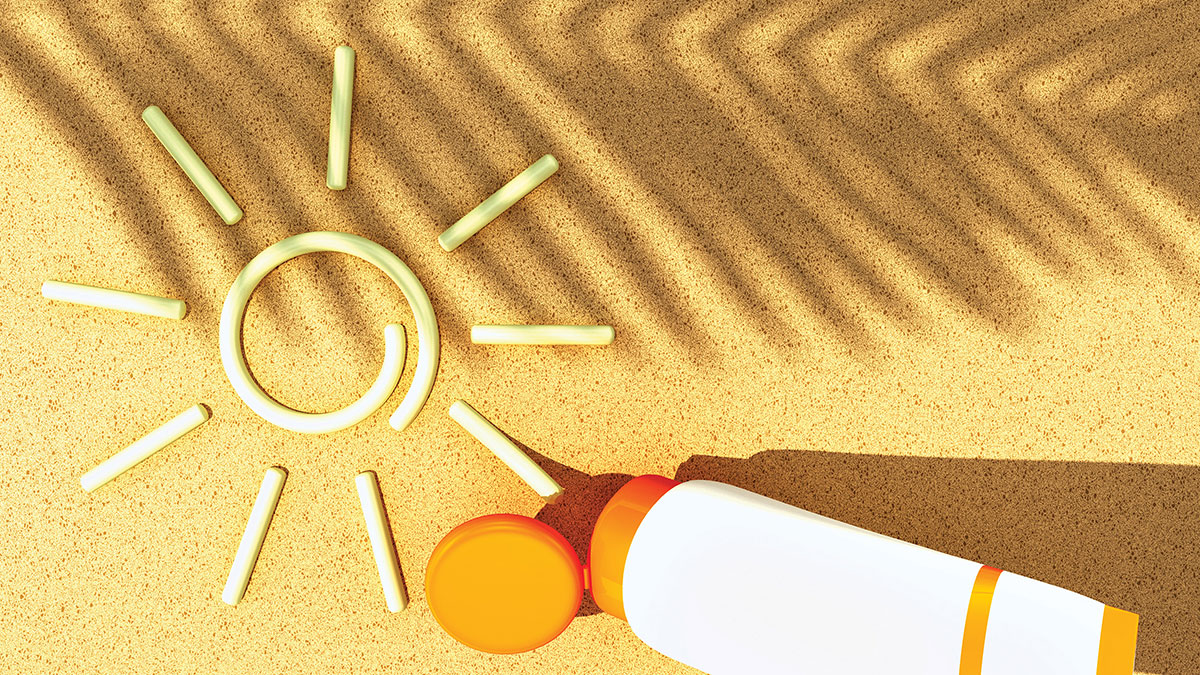Your Health
Caring for your Health and Wellness

Global August 04, 2021
Watch out for the heat and stay cool this summer.
Your body normally cools itself by sweating. During hot weather, especially with high humidity, sweating isn’t enough.
Your body temperature can rise to dangerous levels and you can develop a heat illness. Heat illnesses happen when the body becomes too hot and cannot cool itself. There are several different types of heat-related illnesses. This includes heat cramps, heat exhaustion, and heatstroke.
Most heat illnesses happen from staying out in the heat too long. Heat illnesses are common, dangerous, and can be life-threatening if not promptly treated. But preventing heat illnesses is easier than treating them.
Heat Rash
Heat rash is a skin condition caused by sweating. Hot, humid weather prevents sweat from evaporating from the skin quickly. Heat rash can then develop; it looks like small, red bumps. The most common areas where heat rash develops are on the neck and upper chest, the groin area, and in elbow creases.
Treating heat rash is simple. You should move the person to a cooler place, and keep the area with the rash dry. Anyone can experience heat rash, but heat rash is most common in young children.
Heat rash is the least serious type of heat illness, as it is not life-threatening.
Heat Cramps
Heat cramps are another mild form of heat illness. Heat cramps are painful muscle cramps that are caused by sweating and exercise during hot weather. Usually, these cramps are felt in the abdomen, arms, or legs. A person with heat cramps may also have flushed skin and a mild fever.
Sweating causes the body to lose salt and moisture. If you do not have enough salt in your muscles, your muscles will cramp and cause you pain.
To treat heat cramps, you should sit quietly in a cool place. Drinking clear juice or sports beverages will help replace lost moisture and salt. You should continue resting for at least a few hours, even after the cramps stop. If you start exercising too soon you could get heat exhaustion or heatstroke.
You should contact your health care provider if your heat cramps do not go away after 1 hour of rest. Heat cramps are also a symptom of heat exhaustion.

Heat Exhaustion
Heat exhaustion is when the body is unable to cool itself properly; it is more serious than heat cramps. Heat exhaustion is caused by extreme heat and sweating without salt and fluid replacement.
Heat exhaustion may develop over several days if you are not eating healthy and replacing enough of the salt and fluids lost while sweating.
Symptoms of heat exhaustion include: Muscle cramps, a fever of 38.9 C or higher, nausea or vomiting, diarrhea, weakness, tiredness, headache, fainting, paleness, and rapid pulse.
A person with symptoms of heat exhaustion should move to a cool place to rest. Place cool cloths on the skin, or use a fan to cool the person’s body. Sports drinks are a good way to replace any salt that the body may be missing because of sweating.
You should contact your health care provider if your symptoms do not go away after 1 hour of rest or if they get worse. If your body temperature is 40 C or higher, you should go to the emergency room right away. If untreated, heat exhaustion can develop into heatstroke.
Heatstroke
Heatstroke is the most serious type of heat illness. Heatstroke is when the body is overwhelmed by heat. It can be life-threatening and requires emergency medical attention.
During a heatstroke, the body loses its ability to cool itself rapidly and efficiently. This causes the body temperature to rise quickly. If untreated, it can cause death or permanent damage to important organs, like the brain.
Symptoms of heatstroke are not the same for everyone, but may include a high body temperature of 39.4 C or higher, red hot skin that lacks sweat, a rapid heart rate, headache, nausea or vomiting, dizziness, tiredness, confusion or agitation, and unconsciousness.
If a person has the symptoms of heatstroke, they must be treated by a health care provider. Call 911 right away.
You should make sure the person is in a cool place resting while waiting for the ambulance. You can also cool the person down with water, fans, and ice bags placed in the armpits and groin. If the person is alert, offer fluids.
The longer treatment is delayed, the higher the chances are of developing serious complications. Heat illnesses are preventable.

If you can’t avoid the hot weather, you should rest frequently in a cool place. Drink fluids to replace any that are lost. Alcohol, tea, coffee, and soda will cause you to lose more fluid and should be avoided. If you are not used to hot weather, take time to slowly adjust to it.
When you are out in the heat, you should wear light-colored, lightweight clothing. Dark clothing absorbs heat and will make you hotter. Tight, heavy clothing will not allow the sweat to evaporate from your body unless it is made from materials that absorb moisture, such as cotton. It is better to wear loose clothing that will let sweat evaporate from your skin.
You should never leave anyone in a parked car when it is warm outside. This is a common cause of heat-related death in children. Even if the car is in the shade and the windows are cracked, it is never safe to leave any person or pet in a parked car in hot weather.
Also, be aware of your risk. You should be extra cautious if you work in a hot environment, cannot avoid heat, or take certain medications. Certain physical conditions increase your risk for heat illnesses, e.g., fever, dehydration, obesity, poor circulation, and sunburn.
Any symptoms of overheating should be taken seriously and dealt with quickly. The most important action you can take to prevent a heat illness is limiting your time spent in the heat when the weather is hot and humid.



